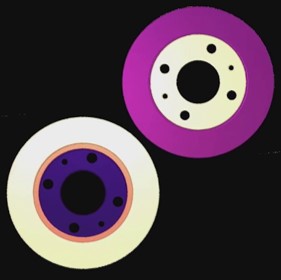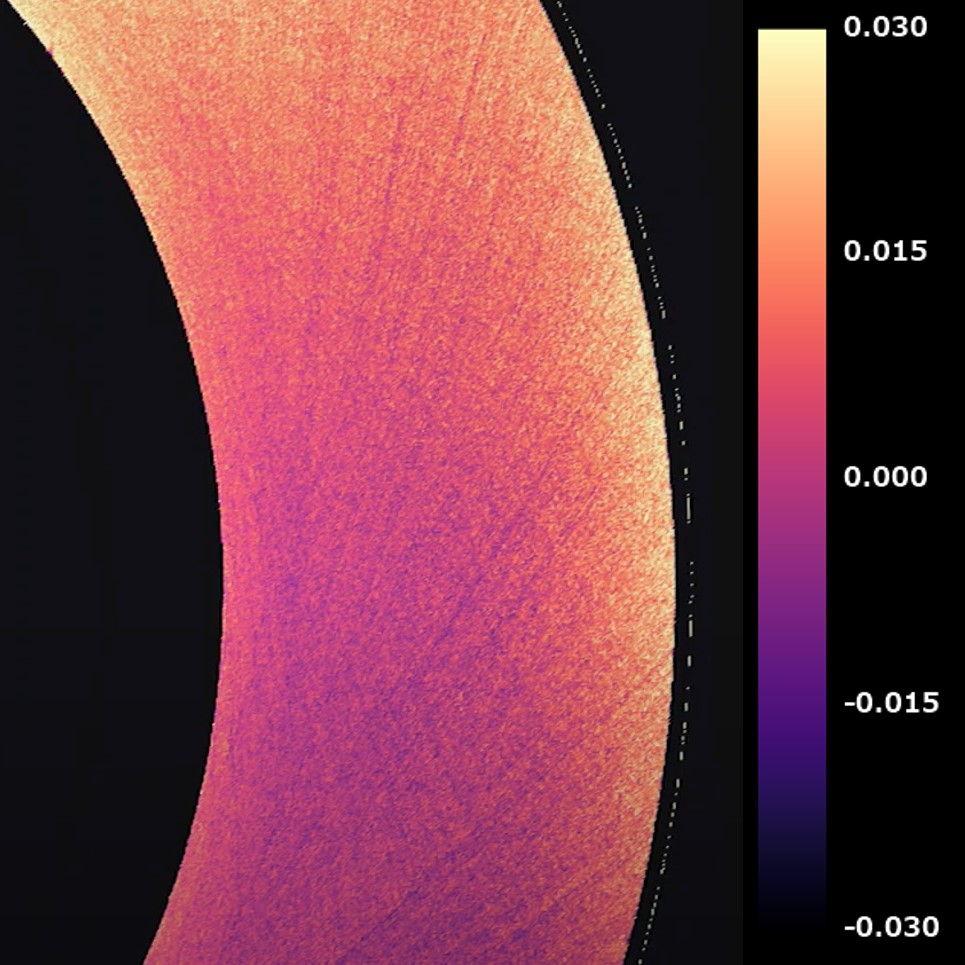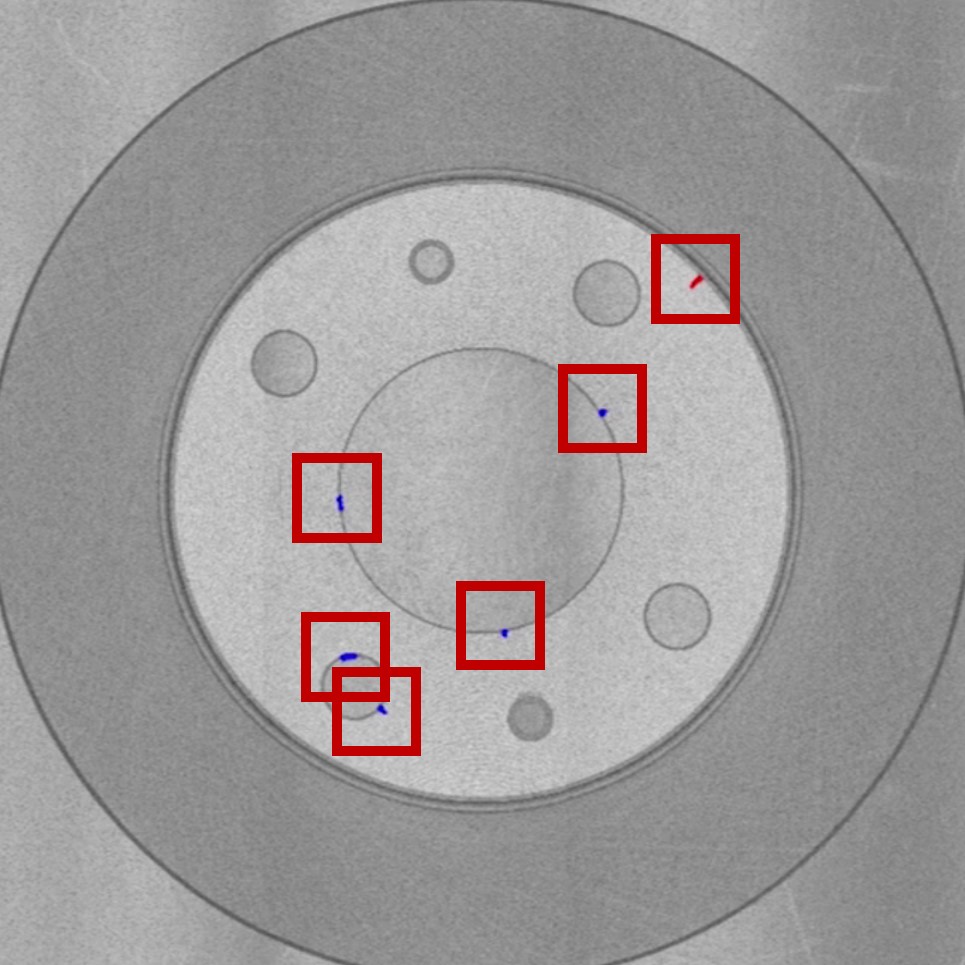


3D inspection of your brake disk rotor at the micrometer scale.
> Measuring the basic metrics of brake roter
Thickness variation, runout, parallelism, balance, etc.
> Measurement surface for roundness, mounting hole position, and parallelism
> Many errors in manual measurement.
> Poor measurement accuracy by optical camera 's visual inspection
> Full 3D profile
> Up to 1 μm resolution
> Fast & automated scanning
> User-friendly measurement and analysis
> Automated GD&T analysis
> Automated detection of microdefects
> Automated inspection report generation
> Export your data and inspection reports
Manufacturers need fast and precise solutions to meet the ever-demanding designs and the fast pace of modern manufacturing. This is especially true for brake disk rotors that are subject to tight tolerances and short inspection times. With their unique coaxial configuration, OptoComb 3D scanners go beyond traditional sensors and can provide a full 3D profile of brake disk rotors with high accuracy. By integrating OptoComb 3D scanners in-line and leveraging their 500,000points/sec acquisition rate, manufacturers can thus fully automate the inspection of 100% of their manufactured rotors.

With the OptoComb technology, we brings to the table a new visual and dimensional inspection solution that drastically improves the quality assessment process. OptoCombs perform 3D scanning with a resolution up to 1 micrometer, thus allowing both GD&T and defect analysis in a single scan. It provides direct access to the position, diameter, flatness or roundness of the part, but also detects the presence of 3D microdefects such as dents, scratches, burrs or particles.

In combination with the OptoComb Suite, XTIA's comprehensive metrology software, OptoComb 3D scanners can fully automate the inspection process. The OptoComb Suite can work in parallel to the data acquisition software to automatically provide the GD&T analysis and a GO/NG assessment of 100% of parts. Furthermore, the OptoComb Suite automates the detection of 3D microdefects across the part, identifies them and gives access to their size in all three dimensions. With such quantitative information, manufacturers can fully engineer their manufacturing process and rationalize their production system.
